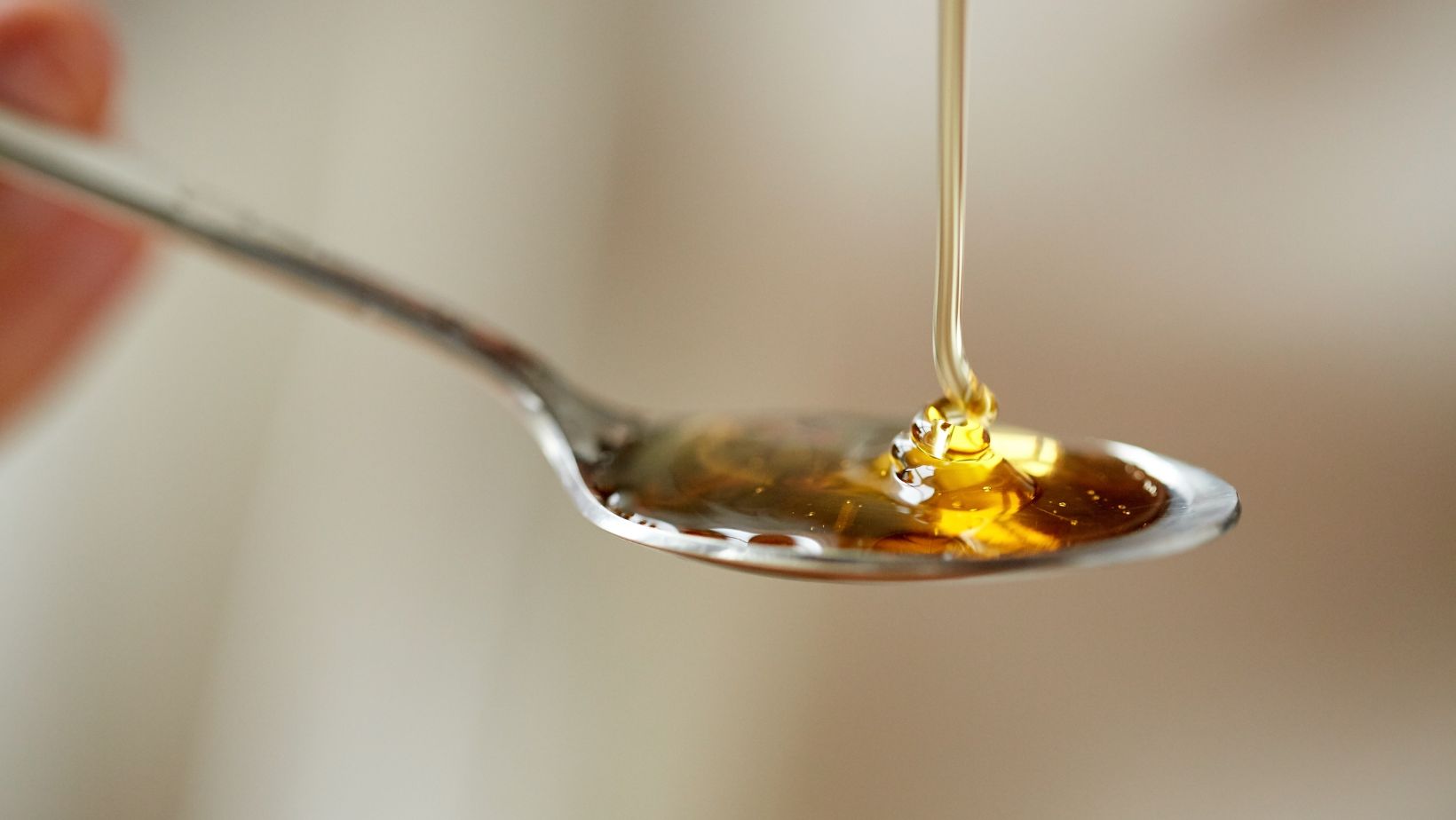Have you ever found yourself in a situation where you needed to measure 3/4 teaspoons but only had a 1/2 teaspoon measuring spoon? It can be quite perplexing when recipes call for specific measurements, and you don’t have the exact tools. But fear not, because I’m here to guide you on how to make 3/4 teaspoons using just a 1/2 teaspoon measurement.
One simple solution is to use the method of estimation. Since we know that 1/2 teaspoon is smaller than 3/4 teaspoon, we can fill the 1/2 teaspoon measuring spoon slightly more than halfway full. By eyeballing it and adding a little extra, we can achieve a close approximation of 3/4 teaspoon.
How To Make 3/4 Teaspoon with 1/2 Teaspoon
Why Accurate Measurement is Crucial in Cooking
When it comes to cooking, accurate measurement is an essential aspect that cannot be overlooked. Whether you’re a professional chef or a home cook, precise measurements play a vital role in achieving consistent and delicious results. Here’s why accurate measurement is crucial:
- Consistency: Accurate measurements ensure consistency in your recipes. When you follow a recipe closely and measure ingredients precisely, you can replicate the same flavors and textures every time you prepare a dish. This helps maintain the integrity of your culinary creations and ensures that they turn out just as tasty as expected.
- Balancing Flavors: In cooking, certain ingredients like salt, spices, and acids have the power to enhance or overpower other flavors. By accurately measuring these elements, you can strike the perfect balance between sweet and savory, spicy and mild, tangy and rich. Without precise measurements, it becomes challenging to achieve this delicate equilibrium.
- Chemical Reactions: Baking enthusiasts know all too well how important accurate measurement is when it comes to chemical reactions within baked goods. Ingredients like yeast, baking powder, and baking soda rely on specific amounts for proper leavening or rising action. Deviating from those measurements can result in flat cakes or dense breads.
The Impact of Inaccurate Measurements on Recipe Results
Inaccurate measurements can have significant consequences on the outcome of your recipes. Even small deviations can lead to disappointing results that are far from what you intended to create:
- Texture Issues: Using too much or too little flour can impact the texture of baked goods by making them dry or overly dense. Similarly, imprecise liquid measurements may result in soupy sauces or dry batters.
- Imbalanced Flavors: A slight miscalculation with potent ingredients like salt or spices can throw off the overall flavor profile of a dish. Too much salt can make a meal unpalatable, while too little can leave it bland and lacking in taste.
- Cooking Time: Accurate measurement also affects cooking time. For instance, if you add more liquid than needed to a recipe, it may take longer for the excess moisture to evaporate or reduce. This can lead to overcooked ingredients and altered flavors.

Understanding Teaspoon Measurements
The Importance of Using the Correct Teaspoon Measurement
When it comes to cooking and baking, precision is key. Using the correct teaspoon measurement can make a significant difference in the outcome of your dish. Whether you’re following a recipe or experimenting with your own creation, understanding the importance of accurate measurements is essential.
Using too much or too little of an ingredient can throw off the balance of flavors and textures in your dish. Imagine adding just a tad too much salt to your soup or not enough sugar to your cookies; it can drastically alter the taste and overall satisfaction of your culinary masterpiece. By using the correct teaspoon measurement, you ensure that each ingredient plays its part without overpowering or underwhelming other elements.
Understanding the Difference Between 3/4 Teaspoon and 1/2 Teaspoon
Let’s dive into two common measurements: 3/4 teaspoon and 1/2 teaspoon. Although they may seem similar, their quantities differ slightly but significantly. A 3/4 teaspoon contains three-fourths (or three parts) of a whole teaspoon, whereas a half teaspoon is exactly one-half (or two parts) of a whole teaspoon.
In conclusion, accurate measurement is paramount when it comes to achieving consistent flavors, textures, and outcomes in your culinary endeavors. Whether you’re baking delicate pastries or preparing savory dishes, being mindful of precise measurements will elevate your cooking skills and delight your taste buds with each bite.

